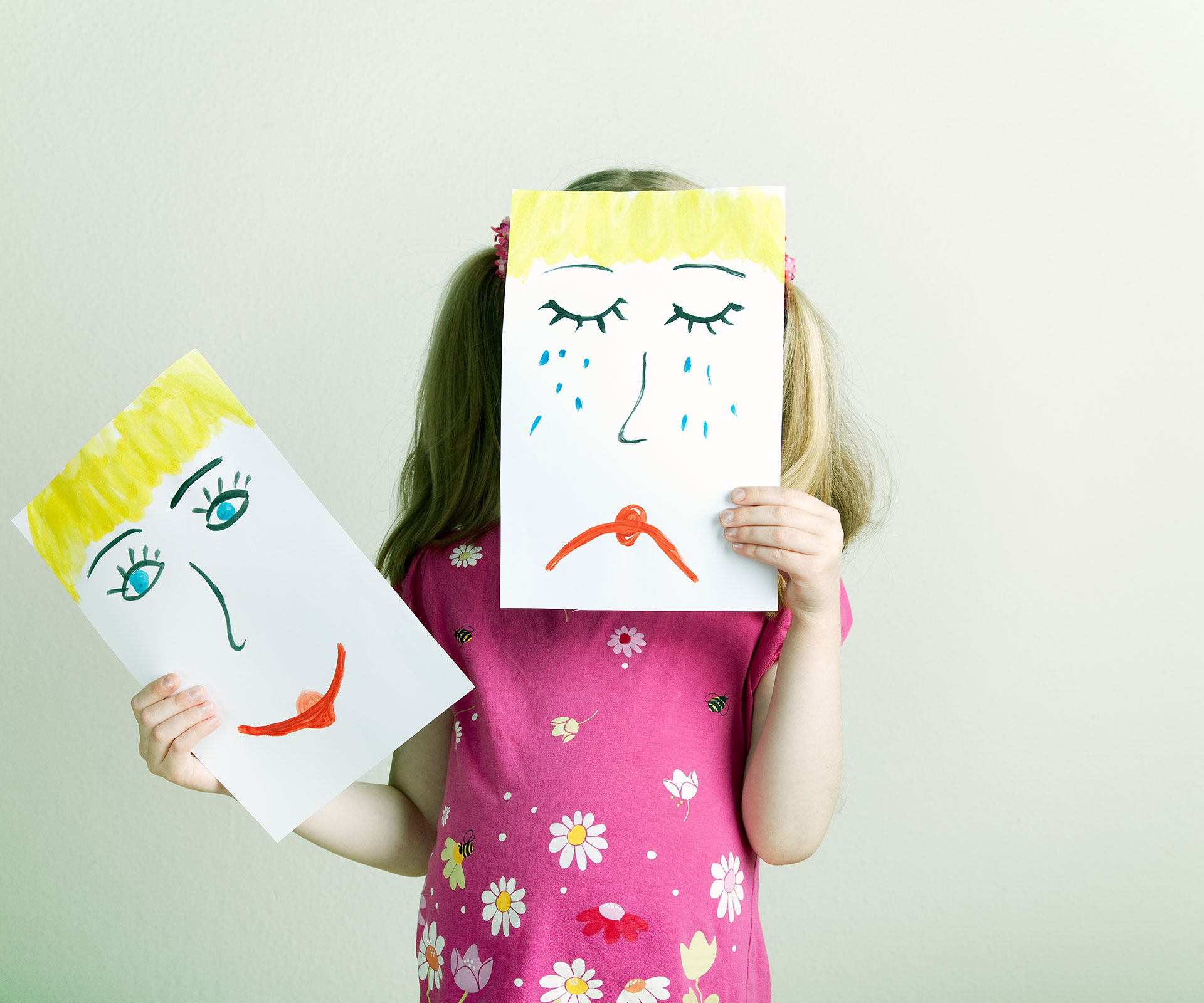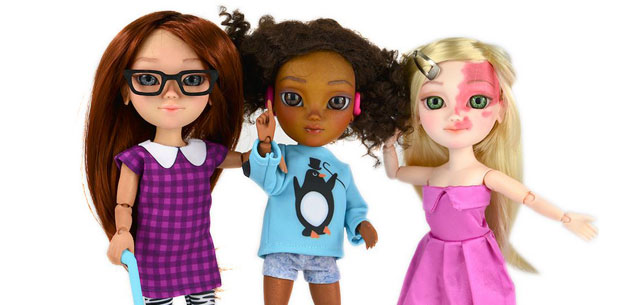“Gotta smile while you’re hurting. And whistle while you work it. Even if I’m broken up, if you blow my high, you won’t see me cry.”
Oh shut the freak up. Please switch this song off. Not just because it’s annoying or by the mordantly named Katy Tiz. (Surely, Katy Tiz-Not?). But because it is not good or healthy or even human to “smile while you’re hurting”. In fact, it makes me think of hurt puppies and reluctant children being forced into baby beauty pageants.
This song makes me want to cry for all the kids who are right this second being told to be brave. But I’m okay with the crying.
Because I’ve been feeling a lot of FEELINGS lately, in capital letters, in vivid colours, spiky and thorny and rowdy, spilling and oozing and sputtering fur and glitter and crud. Feelings do make a mess you know. But I’m learning to deal. Hopefully I’m not the only one.
The recent animated film Inside Out made feelings fluffy and edgy and noisy and gritty for the mainstream. A young girl called Riley is guided by her emotions – anthropomorphised characters of Joy, Fear, Anger, Disgust and Sadness – who direct her from a technicolour headquarters in her brain as she copes with the upheaval of moving cities.
Inside Out got a 98% rating from critics on Rotten Tomatoes who said it was “luminously beautiful”. Joy learns she can’t always be in charge but that Sadness, initially dismissed with an “I’m not actually sure WHAT she does”, is important as well. The moral of the story? You can’t feel joy if you don’t feel sadness too.
Hooray! Or not.
There are plush soft toys of the characters in Inside Out. My daughter picked one up at The Warehouse quizzically. “Who would want to buy a soft toy of Sadness?”
I just laughed and quoted Mel Brooks: “Merchandising, merchand-ising, where the real money of the movie is made.”
But afterwards, frustratingly, I realised the correct reaction to my child, too late. I wish I’d said instead, “Darling, sadness is the soft toy we need to feel the most.” Because as far as I can see, despite Inside Out making a billion at the box office, it’s still not okay to feel uncomfortable emotions.
We’re still exhausting ourselves trying to feel upbeat, perky and positive no matter what. Recognising we are feeling sad, admitting to feeling sad, then allowing ourselves to actually feel the harrowing emotion of sadness, is still just so hard.
In her wonderful book Constructive Wallowing, actor-turned-therapist Tina Gilbertson says far from forcing ourselves to be cheerful, we’d all feel more peaceful if we gave ourselves permission to wallow in our uncomfortable feelings and then let them go. “Feeling bad can actually lead to feeling better, faster!” I hate that pert exclamation mark. But inside Gilbertson is authentic about letting painful feelings have their time.
You might notice this all contradicts the deeply ingrained messages drummed into most of us as children: deny any uncomfortable feelings and get on with life by being positive. It is settled science now that if a child’s life is too filled with this kind of pressure, they’re growing up in what’s known as an ‘invalidating environment’, an atmosphere where they are not allowed to admit bad feelings – let alone express them.
By the time they’re an adult they may be so used to suppressing uncomfortable feelings they can no longer even identify them. But that doesn’t mean the bad juju has gone. Stuffed feelings are trapped: they can’t dissipate until they are fully felt.
For many of us, feeling them is too hard so we try to escape into unhealthy behaviours – cocktails and sex – in an attempt to blot out our sadness, anger, fear, jealousy. It doesn’t work. You only feel shame upon shame for your bad behaviour.
But the alternative takes tremendous guts. It’s a treacherous path to choose to turn around and meet one’s shame and rage head on. Writing can help.
Joan Didion said “I write entirely to find out… what I fear.” But you don’t have to be a literary legend to do it. You! Yes, you! Go and buy a journal and start one today. Therapy is great; a journal is cheaper. But even with expert help, don’t expect any of this to be a Disney-Pixar-perky narrative. I can decide I want to feel my feelings but doing it is just so darn painful. Scratch that, it’s agony.
Gilbertson has an acronym spelling TRUTH: Tell yourself the situation, Realise what you’re feeling, Uncover self-criticism, Try to understand yourself and then, ta-dah!, Have the feeling.
But in this last stage, even Gilbertson concedes when it comes to actually feeling it, you can’t write or theorise or use acronyms to get out of the pain. The only way out is through, whatever that entails: crying a lot in my case and running up hills while listening to Metallica. Dance, breathe, scream, clean out your grouting. In the middle of feeling regret, loss and grief, it’s never going to be anything but ouch, ouch, ouch.
And forget what you were told about courage as a kid; because doing this precise thing, stopping being your own oppressor, is the real war hero kind of brave. It hurts like hell but it has its consolations. For one thing you can finally let go of trying to “smile while you’re hurting”.
And guess what? You don’t have to try so hard to be perfect all the time. Because contrary to popular opinion, the people who look like they’re holding it together are often the ones who have fallen apart. Instead: now I know I’m just a human being. I can be okay despite weakness, sadness, rejection, getting things wrong, failing, crying, falling, being rejected, AGAIN.
And there’s other good news, team. You do make progress. Really. In between, you come up for gulps of sweet, sweet air. And in those moments you may feel a pure kind of peace, with an intensity you’ve never experienced before. Because here’s that Disney cliché again: the walls we build around ourselves to keep the sadness out also keep out the joy.
So stop whistling while you work it. Instead try Pearl Jam’s Jeff Ament: “I love sad. Sadness makes you feel more than anything.”
Words by: Deborah Hill Cone
Photos by: Thinkstock Images and Supplied


